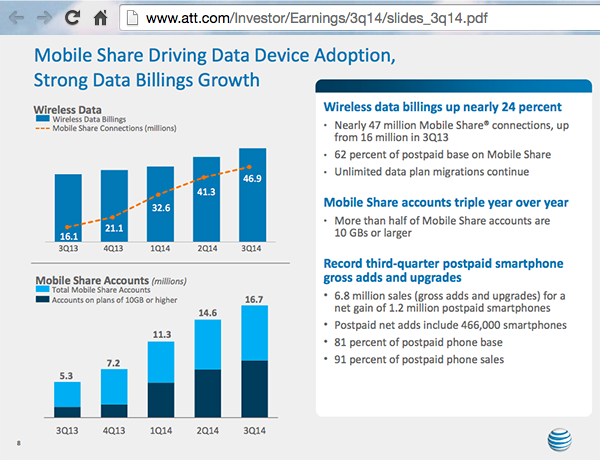 A new Mobile Edge Computing (MEC) initiative has been formed by Nokia Networks,Vodafone, IBM, Intel, NTT Docomo and Huawei with the goal of bringing standard compute and storage capabilities into wireless base stations.
A new Mobile Edge Computing (MEC) initiative has been formed by Nokia Networks,Vodafone, IBM, Intel, NTT Docomo and Huawei with the goal of bringing standard compute and storage capabilities into wireless base stations.The initiative, which is organized as a new European Telecommunications Standards Institute (ETSI) Industry Specification Group (ISG), will focus on open architecture and application programming interfaces (APIs) for value creation in mobile multi-vendor environments for a range of computing platforms.
Nokia Networks said this aligns well with its Liquid Applications framework. Recently, the company demonstrated its Liquid Applications with T-Mobile US for low latency vehicle-to-vehicle (V2V) and vehicle-to-infrastructure (V2I) services.
“Establishing the MEC initiative with the support of the other stakeholders will create an open multi-vendor environment at the most lucrative point within the mobile network, driving differentiated services, new applications and ultimately new revenues,” said Marc Rouanne, executive vice president, Mobile Broadband at Nokia Networks. “It also builds on our view of fundamentally changing the telecom industry through increasing our collaboration with different players and partners.”
A Whitepaper on Mobile Edge Computing is posted on the ETSI site:
http://portal.etsi.org/Portals/0/TBpages/MEC/Docs/Mobile-edge_Computing_-_Introductory_Technical_White_Paper_V1%2018-09-14.pdf
http://networks.nokia.com/news-events/press-room/press-releases/new-mobile-edge-computing-initiative-for-liquid-applications




















